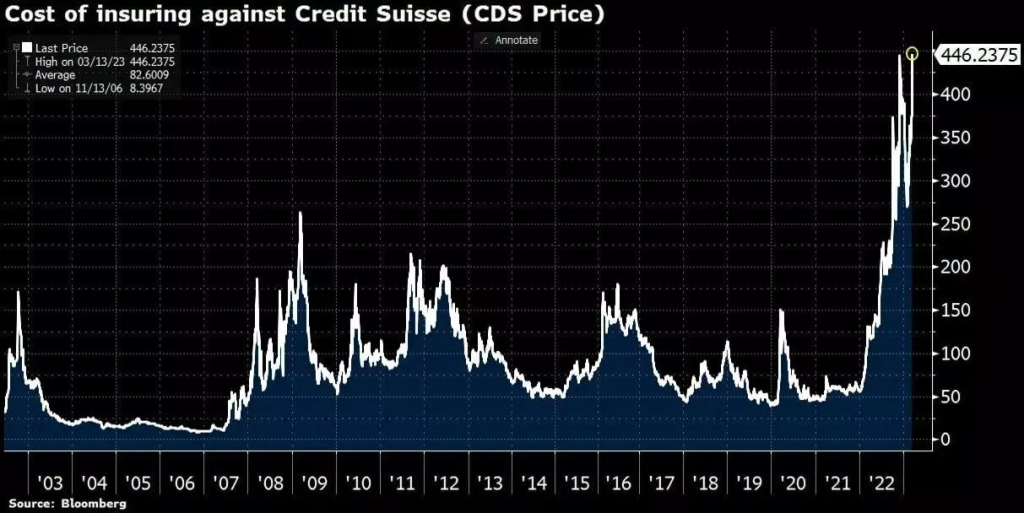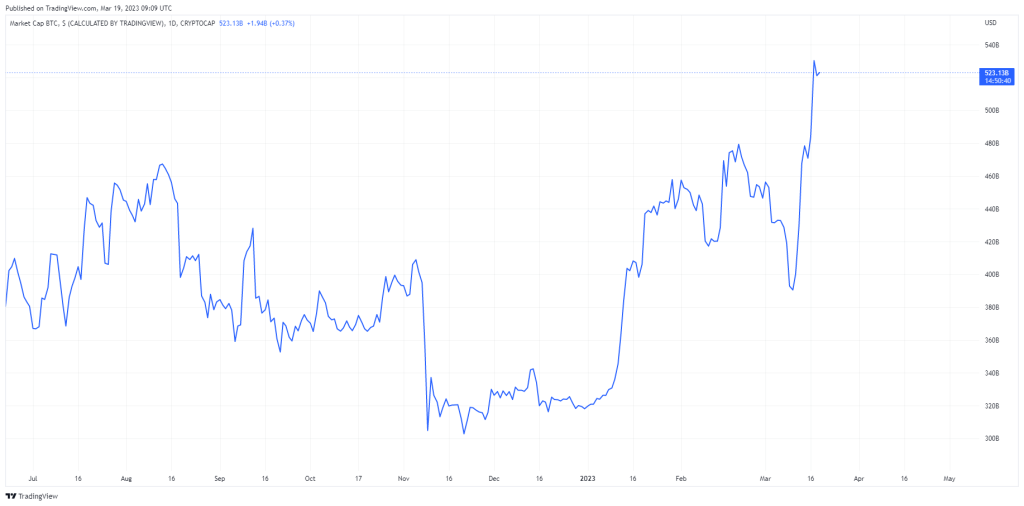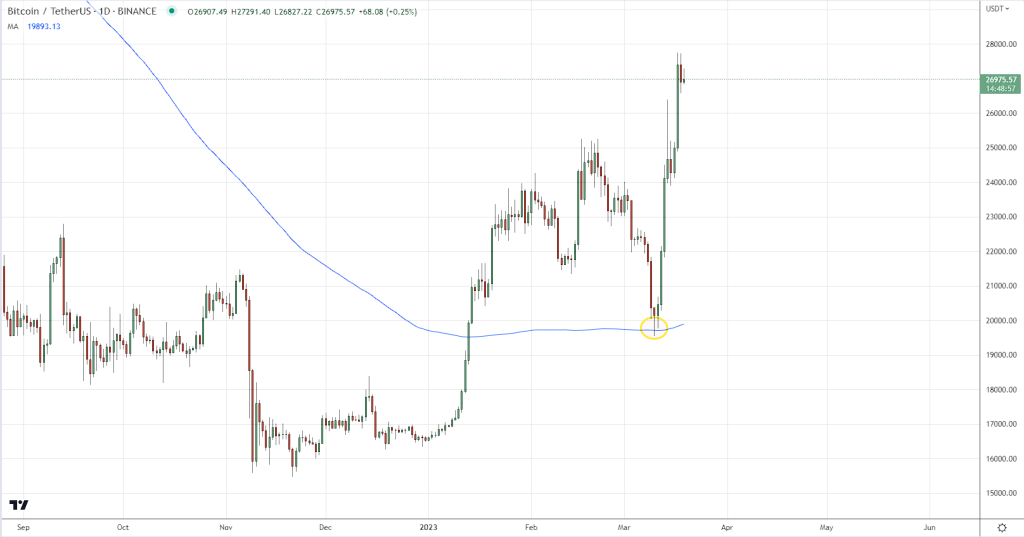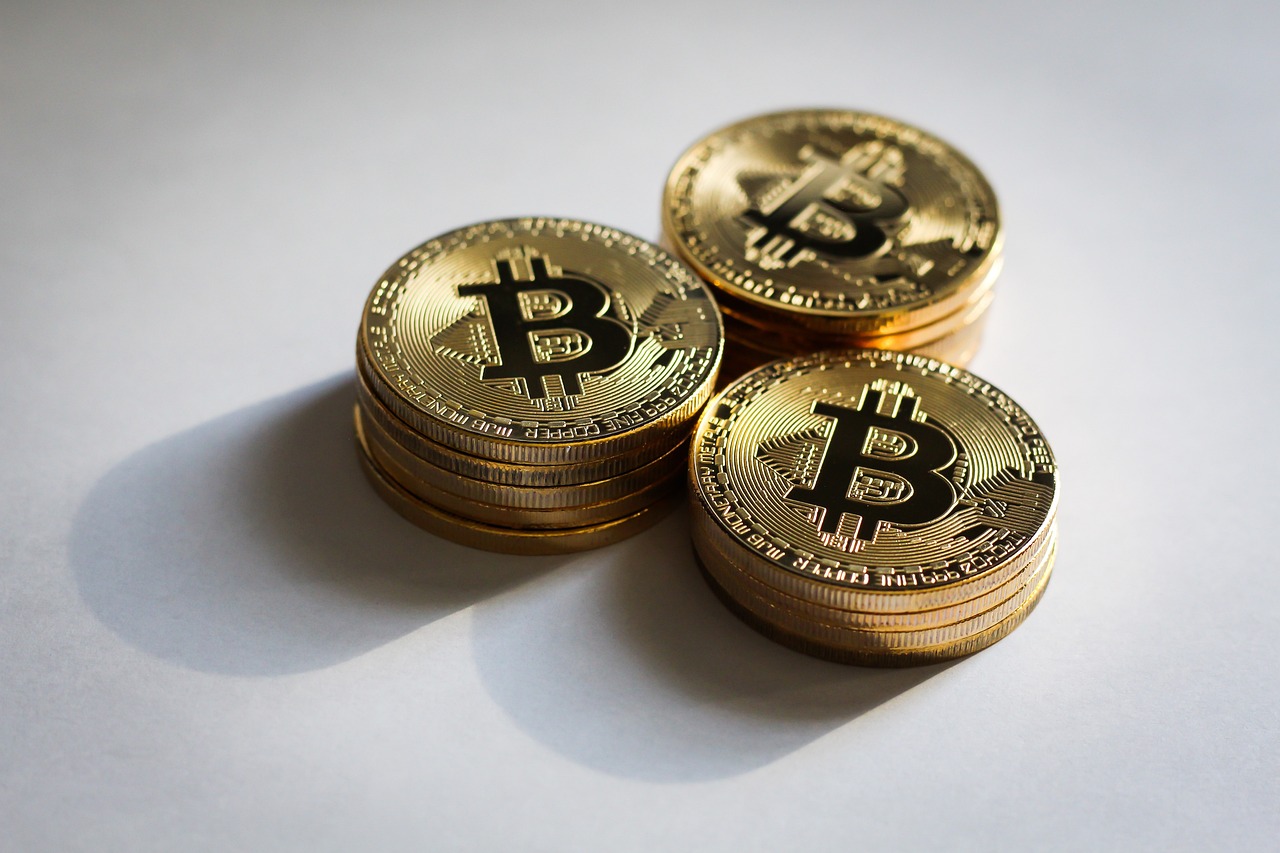Bitconomy: correlations between crypto and global economy
30% growth in three days – well, Bitcoin knows how to surprise. It has long been known that the world’s leading cryptocurrency is closely connected with the economy, not only that of the United States, but also of other countries. It is also connected (perhaps to an even greater extent) with the banking system of America. And it’s no secret to anyone that it has long been correlated with the S&P 500 – the leading state index, for which it was called “virtual gold”. But in this case, we’re going to discuss the phenomenon known as inverse correlation. This is when one security or asset moves in the opposite direction relative to another. For example, currency pairs such as USDJPY and GBPUSD, or EURUSD and USDCHF are prime examples of inverse correlation. When the price of USDJPY rises, the price of GBPUSD, in turn, begins to decline. This is especially noticeable at the time of news releases or other economic events. It is always important to take them into account and take action without neglecting the news, no matter what the strategy is. It’s easier to open the economic calendar and quickly skim through it to understand what awaits you today, than to tear your hair out and watch your deposit decrease before your eyes.
Furthermore, it is an inverse correlation that was seen in Bitcoin recently. It all started with Silicon Valley Bank (NASDAQ:SIVB) losing more than 60% of its value since March 8th. This happened after the bank was unable to find $2.25 billion to cover losses from the sale of assets – mainly government securities, the price of which had changed since the discount rate was raised.
Bitcoin also fell in price from $22,000 to $19,600, and a natural event happened. Other banks, as befits “comrades”, seized the initiative and also began to fall, sowing fear in the hearts of investors, who frantically began to sell their securities and buy cryptocurrencies in order to save their capital. Even Robert Kiyosaki called for buying Bitcoin in anticipation of the “counterfeit money invasion.” Of course, he called for the purchase of whole metals, but that is not what we are talking about.
This is where the inverse correlation began – banks are falling, Bitcoin is becoming more expensive. And the more this happens, the higher the prices. By the way, credit default swaps on Credit Suisse cost twice as much as in 2008, during the mortgage crisis. It is good when traders are able to draw conclusions from previous mistakes.

Then, another story came out, which was hard to miss, (especially on the economic calendar) – inflation in the US slowed down by 6%. Cryptocurrencies took it well and continued to grow. And the capitalization of Bitcoin increased in 4 days from $380 billion to $500 billion (Bitcoin dominance provides a ratio of BTC market cap to cumulative market cap of cryptocurrencies).

Another interesting point is that the fall of Bitcoin was exactly on the 200-day moving average, which, by long-accepted standards, acted as support and pushed the price up.

But back to correlation. This phenomenon occurs quite often in the market with related (and sometimes not related) assets. By understanding the interconnection of assets among themselves, it is possible with a high probability to predict the further movement of the price of an asset.
It is important to understand that traditional markets are falling. Bitcoin, being now part of the traditional market, is also doomed to fall. There is no point in dwelling on why and how far traditional markets will fall, what is critical is that the fall will continue, and it will be a very long time before the recovery begins. Thus, the traditional market is pulling Bitcoin with it to the bottom.
There is only one real prospect for cryptocurrencies at the moment – this is the exit of a huge chunk of companies from the crypto market, fixing their losses. Roughly speaking, the crypto must get rid of old holders and attract new ones and start a new bullish cycle.
During the period of the cycle change that has already begun for Bitcoin, the inverse correlation will only increase, that is, the stock markets will continue to fall, and Bitcoin will begin to gain momentum more and more. And the fact that the US Federal Reserve has started printing even more money, confirms expectations.

